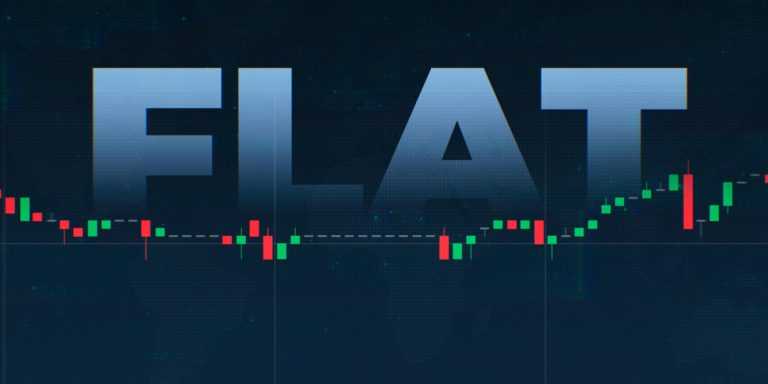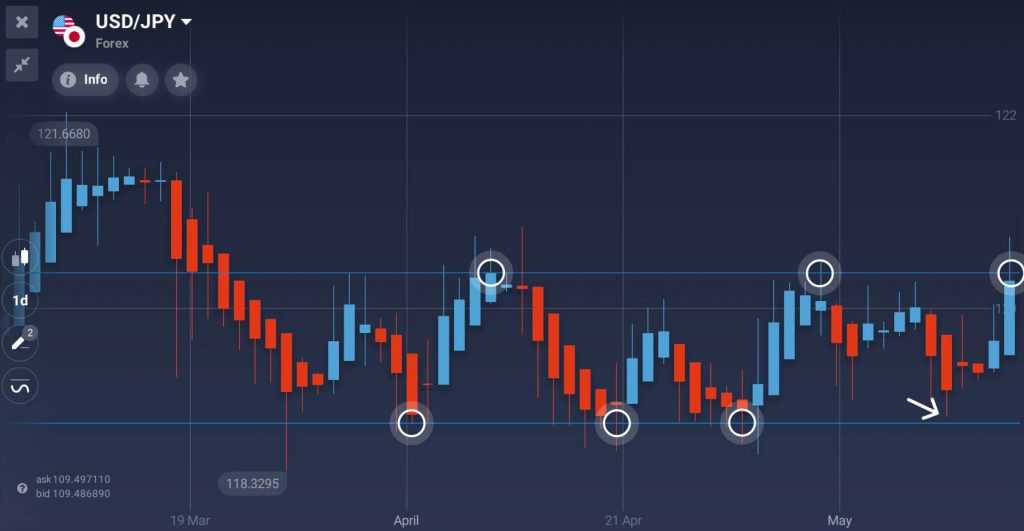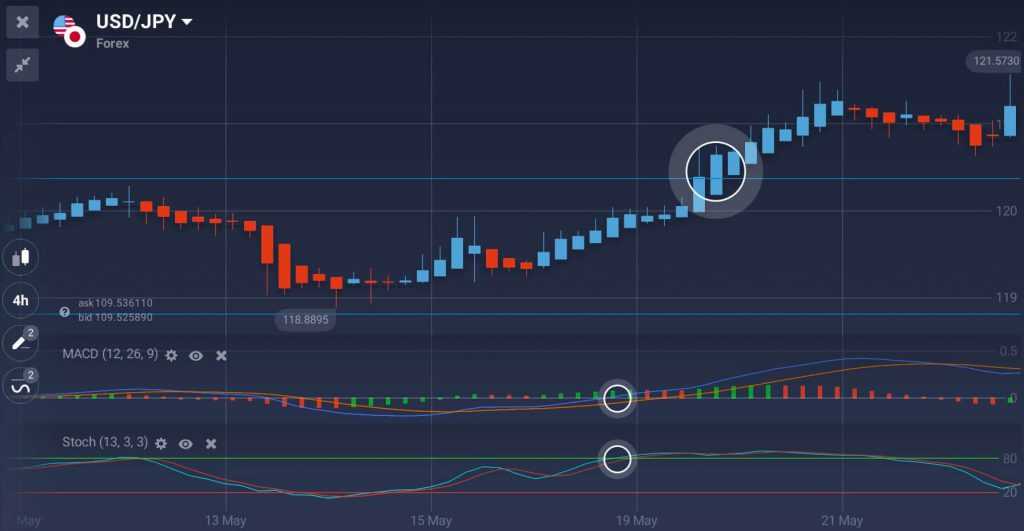You have probably already heard that in most cases traders don’t trade on the flat market. What they do is try to find a trend and follow it. But what if there is no strong trend present? Is it at all possible to trade on a flat market?
A flat market is hard to work with for both novice and experienced traders. There are times when nothing happens and the only thing you can do is wait. When the market is flat, prices move sideways, oftentimes erratically, and technical signals that usually provide somewhat decent results stop working.
Trading on the flat market
The bad news is that the market is flat more often than it is not. The good news is that there are techniques that will let you trade on the flat market but only if you learn how to apply them correctly.
When the market is flat, prices tend to move within a certain range. In this particular case we will divide all ranges into short-term and long-term. The type of range you are looking for will depend on the time frame you prefer to trade. Short-term traders are usually looking for a short-term range (where prices can move from top to bottom in less than 10 candles). If you are a long-term oriented trader, you might be looking for a range with at least 10 candles within it.

The longer-term range is the easier of the two to trade because there is time between bounces for prices to develop a trend and for technical indicators to spot that trend. On a daily chart this range type can last from a couple of weeks to several months depending on the asset and a particular market conditions. The idea here is to follow the trend as it moves up toward the top or down toward the bottom of the range.
Here is what you might want to do when you spot a move within a longer-term range: switch to a lower time frame and try to confirm or decline your guess.
Take a look at the example below. On this chart you can see the USD/JPY traded in a narrow range for the duration of almost two month. As we get closer to May, 19 the price action makes another attempt to test the resistance level.
What additional hints of a possible breakthrough the chart is providing? Take a moment to observe the screenshot and make an educated guess yourself before you scroll down and find the answer. Remember that we do not yet know what will happen next.

Is it the beginning of a new trend or rather a mere price swing? This is the third time within this particular range when the price gets close enough to the resistance levels, which means that there is real buying pressure. Also note that during the last negative swing shadows of the red candles didn’t cross the support line.
Now you can switch to 4-hour candles and apply MACD and Stochastic Oscillator to the chart. We can see that both indicators provide a ‘bullish crossover’ signal, that happens when the indicator goes above the zero line. Still, it is quite possible for price action to reverse and continue moving within the range. It might be a good idea to wait for at least one candle to close above the resistance line. In this case, the breakthrough is actually confirmed. However, if the price bounces off the resistance line it is likely to continue moving down, at least for some time.
The more confirmation signals you stack on each other the higher are the chances for a breakthrough.
Short-term ranges
Short-term ranges are harder to trade given you are already working on a shorter time frame where changes are swift and traders have to act quickly. Short-term trading also involves a higher degree of price noise that can negatively affect the accuracy of signals and confirmations that you receive. The rules and the general logic is the same, however. When trading in a range, you might consider closely watching support/resistance levels and waiting for confirmations.



